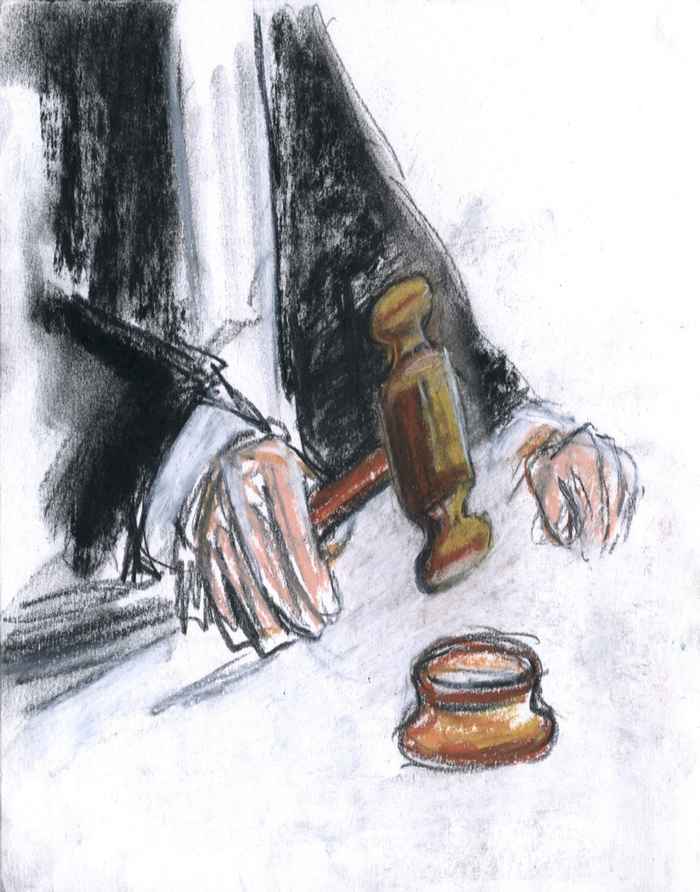How is the financing of terrorism combated in court?
17 May 2022

Encouraged by EU legislation, a broad definition of what constitutes terrorist financing and should be prosecuted in court has been developed. For example, this also includes fundraising, donations and transferring money. The amount does not have to be part of a planned activity, and legally it does not matter what the money is ultimately used for.
‘When it comes to the financing of terrorism, people tend to think of large sums of money that are sent to an organisation in a very coordinated way’, says political scientist Tasniem Anwar, who investigated how and what is prosecuted in court as terrorist financing. ‘That makes things seem very clear, because money flows don’t lie. But in practice, most cases involve small amounts of money and an unusual mix of suspects. From hardened sympathisers to concerned parents who have transferred money to their children who have left the country. A father who transferred 90 euros to his son, for example.’
Observation of lawsuits
Anwar observed lawsuits in the Netherlands, the UK, France and Germany. This allowed her to discover which arguments were used, which materials were introduced as evidence and the role played by international geopolitics and experts. ‘To a large extent, the cases appeared very similar. This is also because of the international push for harmonisation in the areas of legislation and practice. The biggest differences are found in the different legal systems.’

She supplemented these observations with interviews with professionals such as lawyers, public prosecutors and judges. Finally, by means of document analysis, she collected more information about the background of the fight against terrorist financing and international legislation.
Little scope for personal stories and motivation
Most court cases offer little scope for the personal and unique stories behind prosecutions for financial transactions from Europe to certain areas in the Middle East. ‘In many court cases, the image prevailed that everyone who transfers money to an expatriate in Syria is guilty of financing terrorism and that all forms of support contribute to the armed struggle.’ Anwar believes that this is strongly linked to the high level of terrorist threat that existed in Europe during her investigation and the strong signal that societies wanted to convey as a result.
It also proved difficult for courts to assess the extent to which suspects themselves had tried to prevent transactions from being used for terrorist purposes. ‘Citizens have a great responsibility to assess the security risks of their transactions themselves’, says Anwar. Suspects from her investigation often had their own mechanisms for doing so, but these proved difficult for the court to value. ‘Suspicions and speculations therefore played a decisive role in establishing conditional intent, while the motivation of the suspects barely played a role at all.’
However, Anwar does make the critical observation that courts have been examining cases in more depth since 2020 and reaching more nuanced conclusions. ‘After 2020, you can see many more acquittals for cases in which a suspect would probably have been convicted before then. I think this is also a kind of ‘coming of age’ of a developing area of jurisdiction.’
Preventing violence
Anwar cautiously concludes that the current approach does not completely work to prevent terrorist financing. ‘However, it can reveal certain financial flows after the event and thus contribute to a case. For example, we are currently seeing this in France at the large-scale Bataclan trial where they can trace money flows to a specific source and thus provide evidence. But it is more difficult to determine whether prosecuting people for a financial transaction has prevented terrorist financing.’
At the same time, according to Anwar, suspects without sympathy for terrorist ideologys – such as parents and friends – experience the enormous social consequences of their transaction. ‘From social stigma to exclusion from the financial sector and losing their job.’ She therefore considers it important for us to continue to conduct an in-depth debate on the way in which we apply the law and jurisdiction in the fight against terrorism.
‘I am not saying here that we should not combat the financing of terrorism or that people in the court are not carrying out their work seriously. These are complex issues and societies in Europe are doing what they can to prevent terrorism. However, we do need to ask ourselves whether we think it is worthwhile to prosecute parents for transferring 90 euros to their child. Is this means still in proportion to the ultimate aim of the law: to prevent violence?’
Details of the thesis
Tasniem Anwar, 2022, ‘Beyond the shadow of a doubt. The prosecution of terrorism financing in European courts’, supervisor: Prof. M. de Goede, co-supervisor: Dr B. Isleyen
Time and location
Tuesday, 17 May, 15.00, Agnietenkapel, Amsterdam